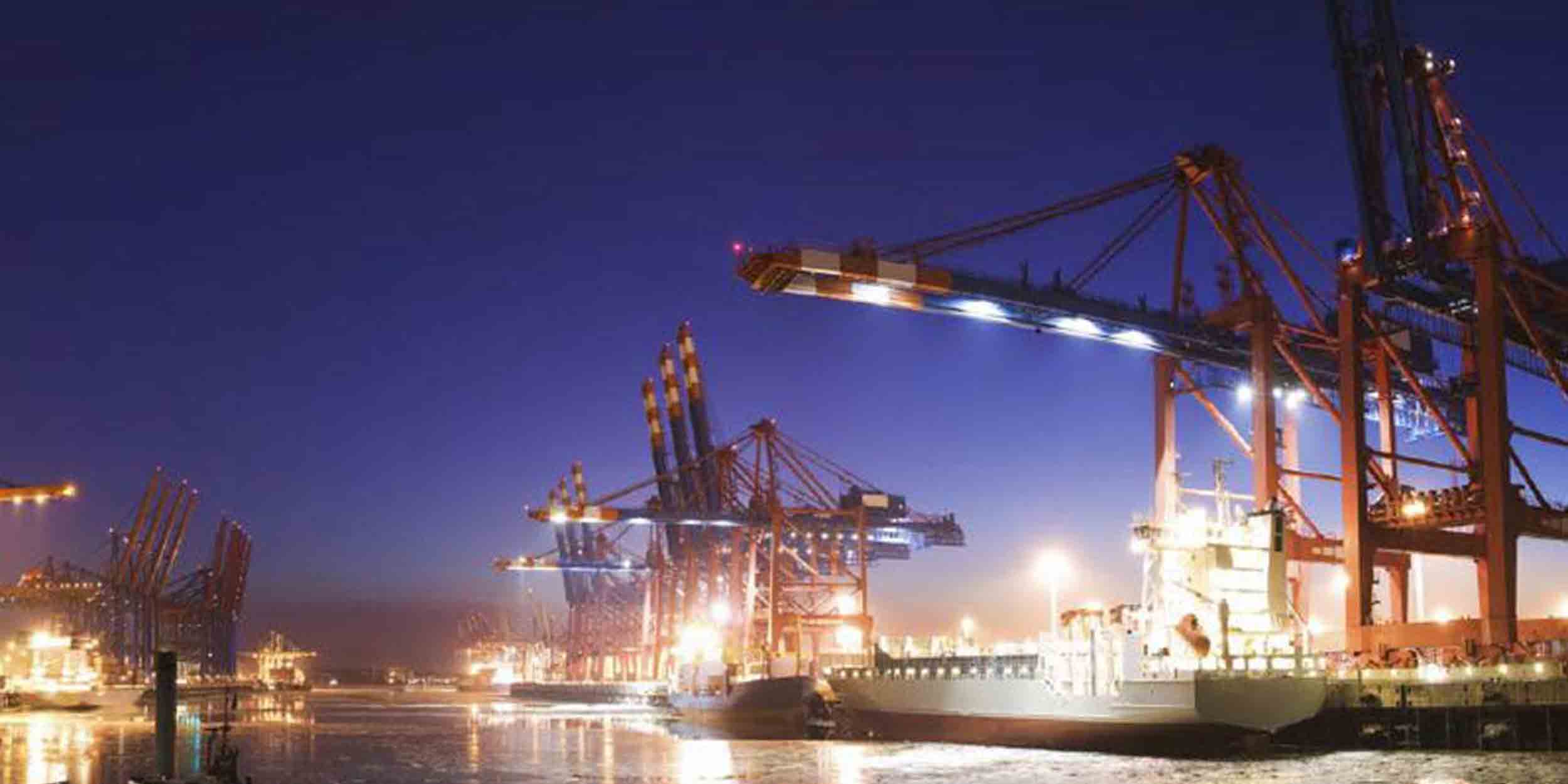Counterfeit products: new risks in global value chains
Global risksReportNovember 4, 2014
Counterfeit products have become a global phenomenon, affecting all industry sectors and pose serious health and safety risks to consumers
Such profitability has seen counterfeiting expand from its traditional core markets of luxury goods and art in recent years. It is now present, for example, in the automotive, chemicals, consumer electronics, foods and beverages, agricultural products and pharmaceuticals industries. For businesses in these sectors, its presence causes concern over loss of revenue and reputation as well as loss of consumer trust.
The purchase of a counterfeit product may seem like a good bargain, particularly as the fall-out from the 2008 financial crisis continues to constrain household budgets. Yet counterfeits pose real risks to consumers, whether or not they are aware that the product is a fake. For example, counterfeiters routinely ignore health and safety regulations, which results in many counterfeits being ’laced’ with unsuitable, and often harmful, substances to cut production costs. Counterfeits also have negative consequences for workers, public finances and the environment.
But the most worrying, and most widely underestimated, aspect of counterfeiting is the pace at which it is evolving. The impact of a globalized economy, digitalization and investment by international organized crime groups is rapidly enhancing the production and organizational quality of counterfeiting. In many cases, this has led to anti counterfeiting technology being bypassed and elaborate initiatives – such as the establishment of an entire fake company – to pass products off as legitimate.
Recent cases have shown that counterfeiters quickly adopt any new fabrication and packaging technologies that assist their illicit activities. In future this might include, for example, 3D printing and other advanced, computer-controlled manufacturing techniques, which in principle allows for the production of fake goods directly in the targeted markets, avoiding risky imports through customs.
The increasing sophistication of counterfeiters means that their products are no longer limited to cheap imitations sold on the black market. Given new opportunities provided by globalization and outsourcing, counterfeits are now infiltrating distribution chains, masquerading as authentic products to wholesalers and retailers. Counterfeits are also entering official supply chains as intermediate products, for example as parts of automobiles or aircraft. The difficulty for distributors and manufacturers in identifying fakes exposes them to liability claims where the offending products cause harm to consumers, costly product recalls and expensive lawsuits.
To respond effectively to the threat posed by counterfeiting, governments, regulators and the private sector must work together. Regulation must be applied more consistently at a regional and global level and be cognizant of where loopholes may lie in order to close them. Governments must similarly address counterfeiting on a broader basis, with an emphasis on raising public awareness, protecting intellectual property (IP) rights and customs enforcement.
Businesses must prioritize the fight against counterfeiting as a board level issue. They should look to increase their internal resilience around IP and supply chain management, and consider new technology to identify fakes. Greater understanding of a firm’s market and customers will also be helpful in these efforts, as will collaboration with industry peers and authorities at a national and international level. Finally, companies should assess their insurance coverage to clarify the extent to which risks posed by counterfeits are covered. They can then take appropriate action, drawing upon the risk engineering and safety expertise of insurance providers where necessary.

